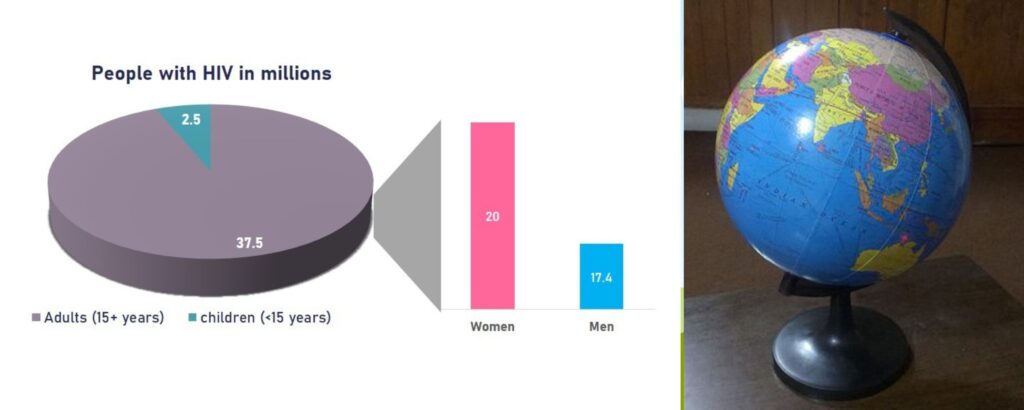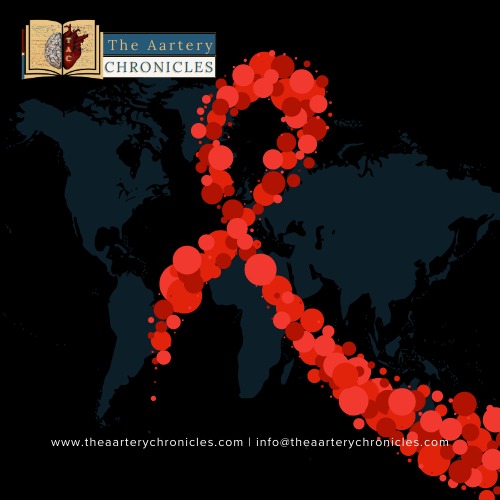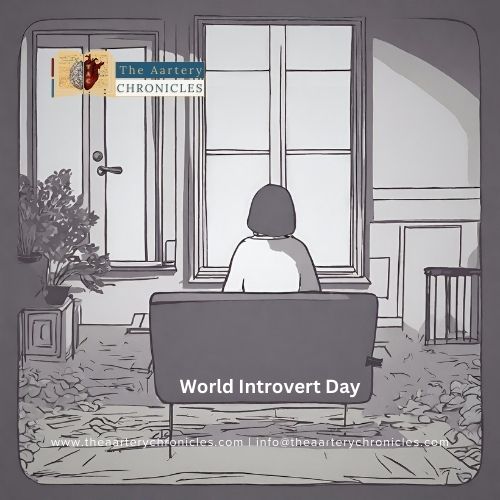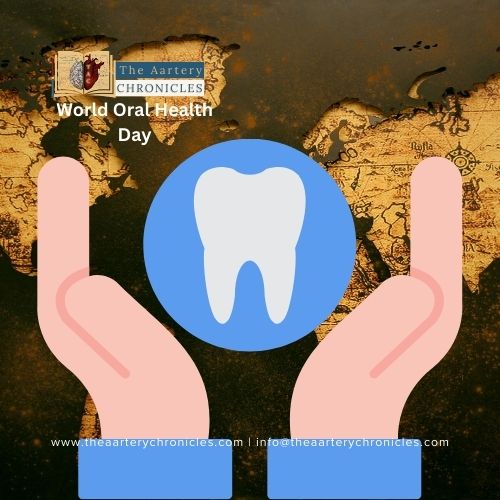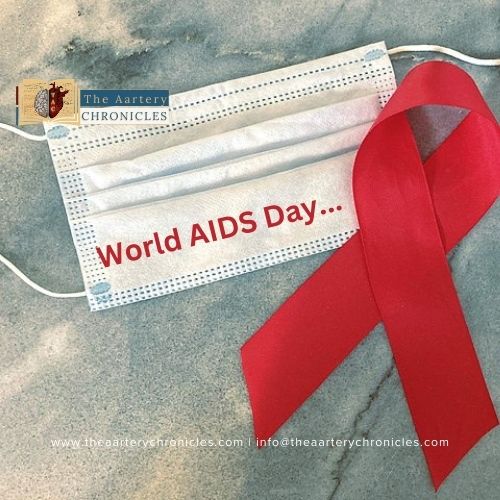
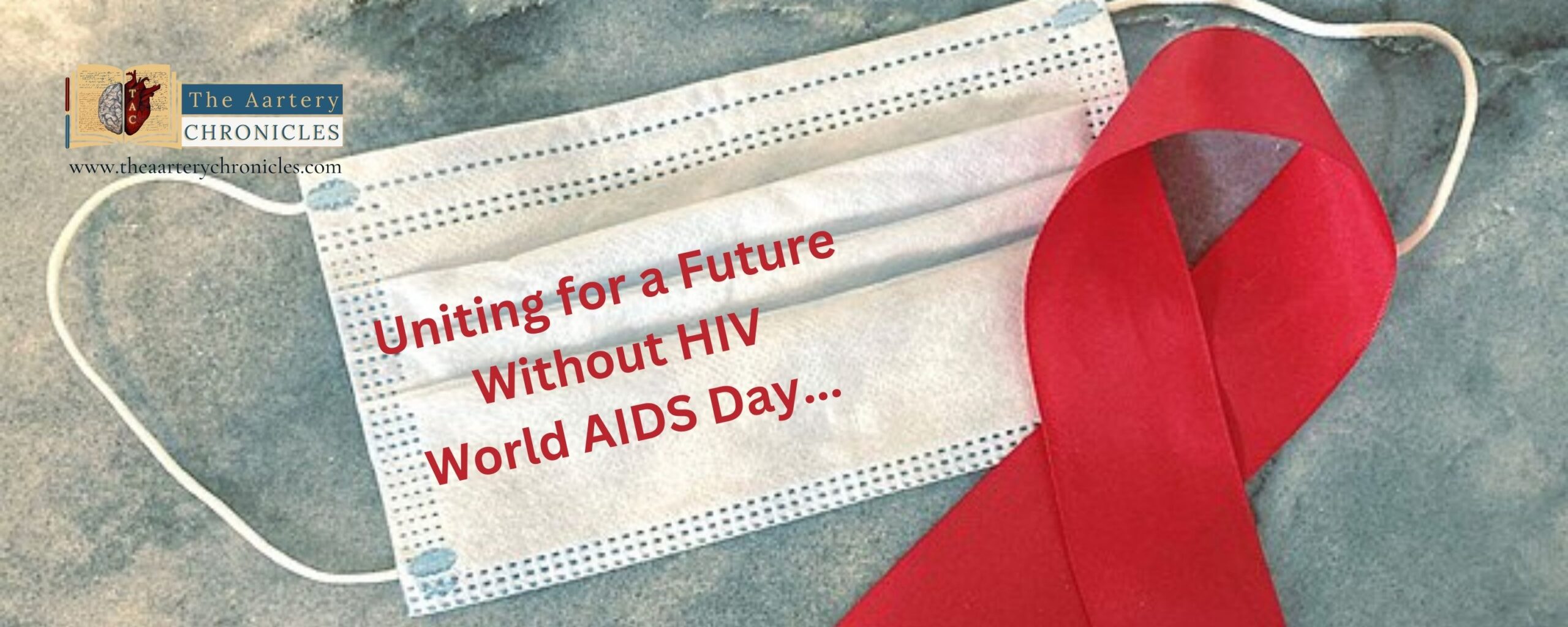
Uniting for a Future Without HIV: World AIDS Day 2023
As we commemorate World AIDS Day on December 1, 2023, it’s essential to reflect on the progress made in the fight against HIV/AIDS and acknowledge the challenges that still lie ahead. This global day of awareness serves as a poignant reminder of the millions of lives affected by the virus and encourages unity in the pursuit of a world without AIDS.
Did you know?
In the year 2022, the global HIV population stood at around 39 million individuals, comprising 37.5 million adults and 1.5 million children (<15 years old). Women and girls accounted for 53% of this total. The data also reported that approximately 1.3 million individuals worldwide contracted HIV and 630,000 people died due to HIV-related causes in the year 2022.
The estimated number of People Living with HIV in India is around 2.4 million, with the southern states, namely Maharashtra, Andhra Pradesh, and Karnataka, having the highest numbers. In 2021, there were approximately 62.97 thousand Annual New Infections (ANI) and the estimated number of AIDS-related deaths accounted for 41.97 thousand in India
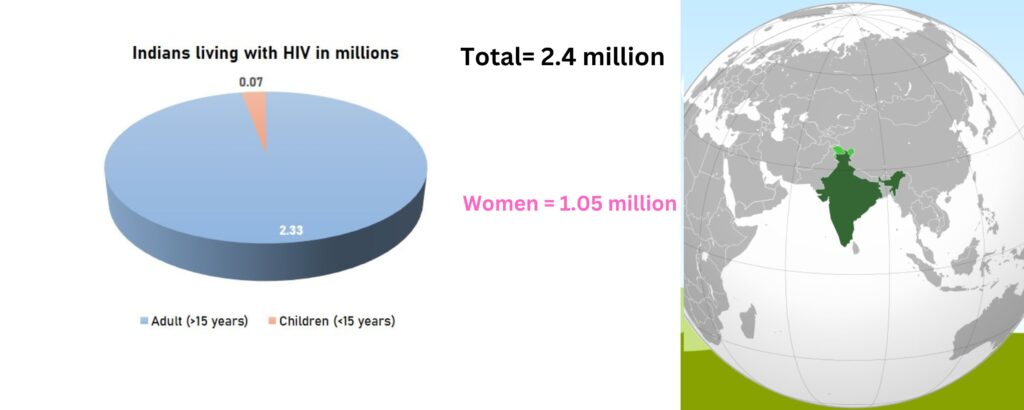
Dynamics of Viral transmission
The virus (HIV) has the potential to infiltrate the bloodstream of an uninfected individual through exposure to bodily fluids (such as blood, semen, vaginal secretions, anal fluid, breast milk, and exudates from wounds or skin) from someone who is infected.
- The prevailing factor fueling the HIV epidemic in India is sexual transmission, predominantly affecting vulnerable populations at a heightened risk for HIV.
- Who is at high risk?: In India, HIV exhibits a higher prevalence among specific groups, including
Homosexual men
Sex workers
Transgender individuals
People who inject drugs or share needles
Migrant workers/truck drivers engaging in unprotected sexual practices
The Current Scenario
Over the years, significant strides have been made in understanding, preventing, and treating HIV/AIDS. Advances in medical research, improved access to antiretroviral therapy (ART), and increased awareness have collectively contributed to a decline in new HIV infections and improved life expectancy for those living with the virus.
However, despite these achievements, HIV/AIDS remains a persistent global health challenge. Stigma and discrimination continue to hinder prevention efforts, and marginalized communities are disproportionately affected. In many regions, access to healthcare and education about HIV/AIDS is still limited, further exacerbating the spread of the virus.
The Importance of Awareness:
World AIDS Day plays a crucial role in raising awareness about HIV/AIDS, fostering compassion, and combating the stigma associated with the virus. By educating communities, we empower individuals to protect themselves and support those living with HIV. Understanding the virus is the first step towards creating an inclusive and compassionate world.
The Role of Testing and Prevention:
Regular testing is fundamental to controlling the spread of HIV. Encouraging individuals to know their status enables early detection and timely intervention.
- Global statistics: As per the UNAIDS report, around 86% of individuals worldwide who were living with HIV were aware of their HIV status, 76% were actively accessing antiretroviral therapy (ART) and 71% achieved viral suppression. Access to HIV treatment plays a pivotal role in the collective global endeavour to eliminate AIDS as a public health threat.
For individuals with HIV who are aware of their status, adhere to prescribed ART regimens, and maintain an undetectable viral load, the prospect of leading long and healthy lives is significantly enhanced.
Prevention: Moreover, the promotion of safe practices, such as the use of condoms and pre-exposure prophylaxis (PrEP), is vital in preventing new infections.
Global Collaboration:
The fight against HIV/AIDS requires a collaborative effort on a global scale. Governments, non-governmental organizations, healthcare professionals, and communities must work together to ensure widespread access to testing, treatment, and prevention methods. International partnerships can facilitate the sharing of resources, knowledge, and best practices, ultimately contributing to the development of effective strategies.
Empowering Marginalized Communities:
Addressing the social determinants of HIV/AIDS is paramount. Discrimination, poverty, and lack of access to education contribute to the vulnerability of certain populations. Empowering these communities through targeted interventions, education, and economic support is essential in breaking the cycle of HIV transmission.
Looking Forward:
As we mark another World AIDS Day, it’s crucial to recommit ourselves to the vision of an HIV-free world. Continued research, innovation, and advocacy are essential in overcoming the remaining challenges. By fostering understanding, promoting inclusivity, and advocating for equal access to healthcare, we can move closer to a future where HIV/AIDS is no longer a global health threat
8 Myths and Facts associated with HIV/AIDS
Myth 1: AIDS is a sentence of death or Punishment of God.
Fact: AIDS is not a death sentence it is a viral infection just like any other disease. And there are over 35 medications with FDA approval that can help treat AIDS.
Myth2: AIDS can be prevented by using contraception pills and showering after sex
Fact: The primary methods to prevent the transmission of HIV include practising safe sex, avoiding needle-sharing, and utilizing Pre-exposure prophylaxis (PrEP). It’s important to note that taking a shower or a contraceptive pill does not prevent the transmission of HIV. In the case of pregnant mothers with HIV, it is recommended to take medications to prevent the transmission of the virus to the baby.
Myth 3: AIDS is curable.
Fact: It is an incurable illness for which there is no vaccine. While various treatment options exist for AIDS, they cannot cure the disease itself. Early detection and appropriate treatment may, however, contribute to leading a relatively normal life.
Myth 4: HIV can affect only specific populations; I will not contract HIV if I am straight.
Fact: Individuals of any sexual orientation are susceptible to HIV. Everyone needs to be aware of the risk factors associated with HIV and take the necessary safety measures to protect themselves.
Myth 5: I can contract HIV if I touch an infected person.
Fact: One cannot contract HIV by touching an infected person. HIV cannot be transmitted by tears, sweat, and physical touch such as holding hands, hugging, or sharing washrooms, utensils swimming pools, spaces, etc. Moreover, the virus cannot survive in water or air.
Myth: 6: I believe I would be aware if I had contracted HIV, so undergoing an HIV test is unnecessary
Fact: Testing is only one way to determine if you are infected with HIV. The majority of people either have flu-like symptoms, which can last for a few days to several weeks, or they don’t exhibit any symptoms at all after contracting the virus.
Myth 7: It’s safe to have sex if both partners have HIV.
Fact: If both partners are HIV positive, it is not safe to have unprotected sex. The virus exists in two strains: HIV-1 and HIV-2. Since partners may be affected by different strains, there is a potential risk of transmitting additional strains of the virus through unprotected sex. Using condoms during every sexual encounter is strongly recommended as a preventive measure.
Myth 8: Not all patients benefit from antiretroviral (ART) medications.
Fact: ART effectively combats HIV if it is initiated early. Medication taken correctly, as prescribed by medical professionals may reduce the risk of drug resistance and are effective.
Conclusion
World AIDS Day serves as a poignant reminder of the progress made and the work that lies ahead in the fight against HIV/AIDS. By raising awareness, promoting testing and prevention, fostering global collaboration, and empowering marginalized communities, we can collectively move towards a world where HIV/AIDS is no longer a pervasive health issue. Together, we can create a future where compassion, understanding, and access to healthcare prevail over stigma and discrimination.
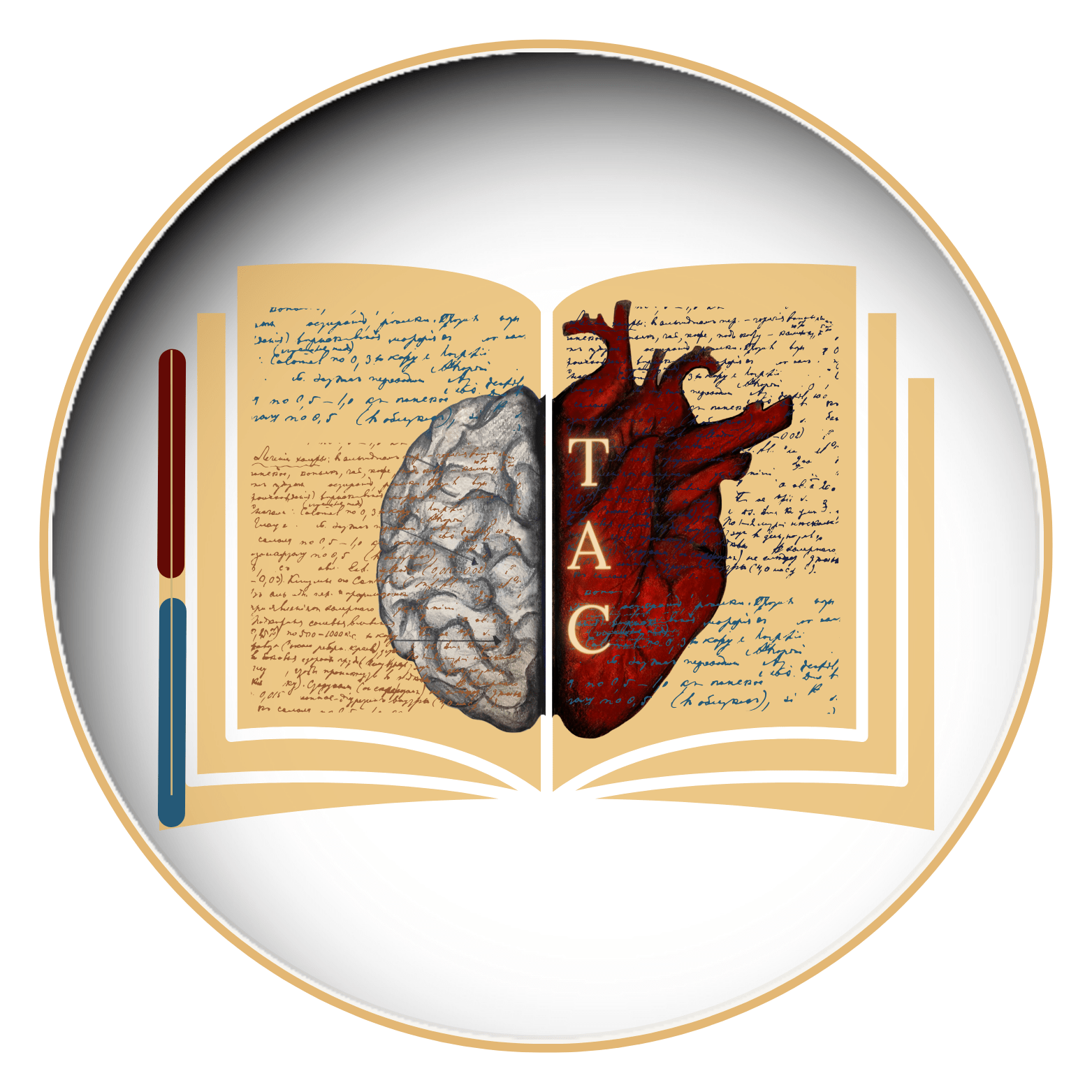
TAC Desk
Editorial Process
- Medicine
- Nutrition And Diet
Lorem ipsum dolor sit amet, consectetur adipiscing elit. Ut elit tellus, luctus nec ullamcorper mattis, pulvinar dapibus leo.

